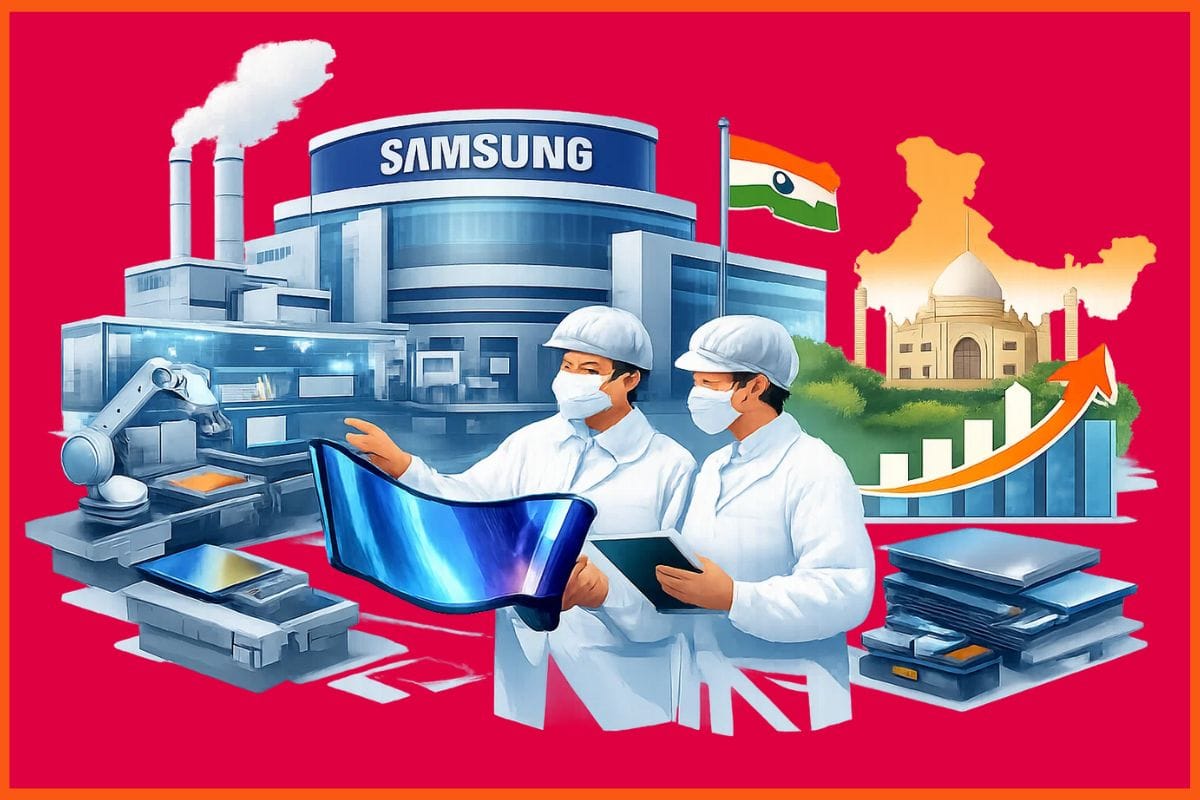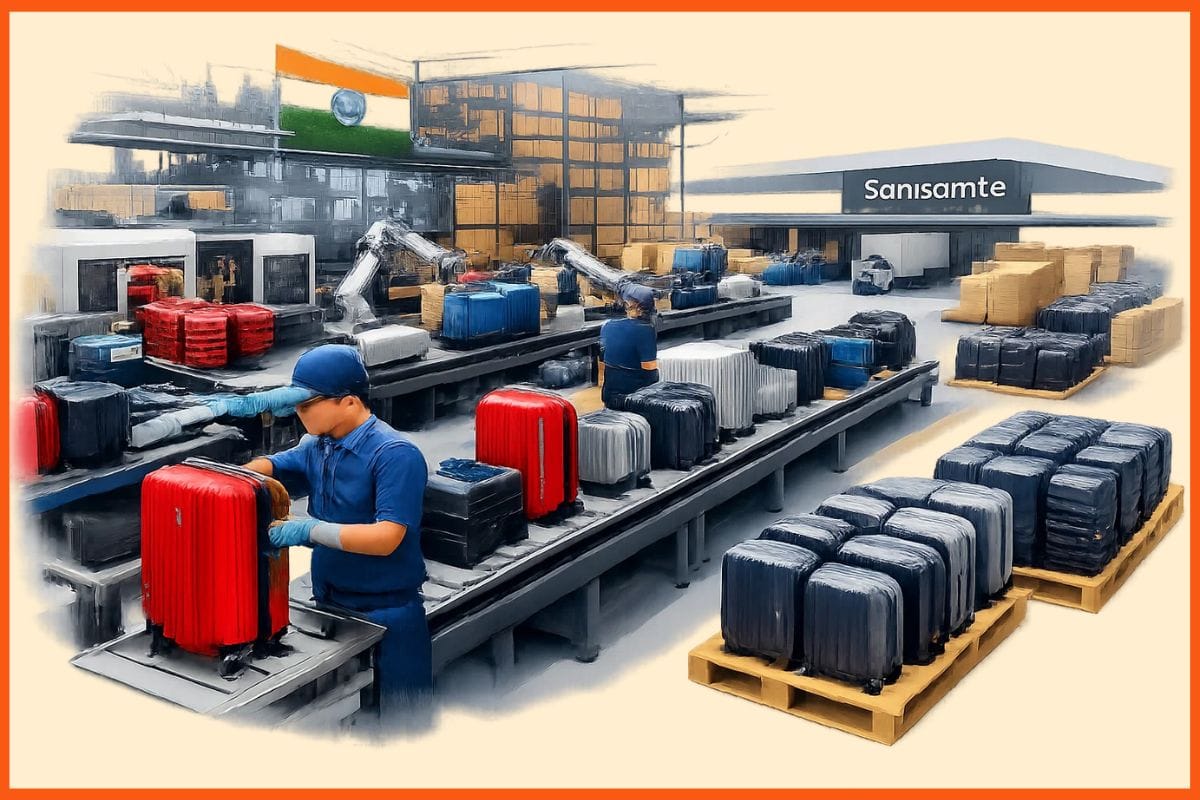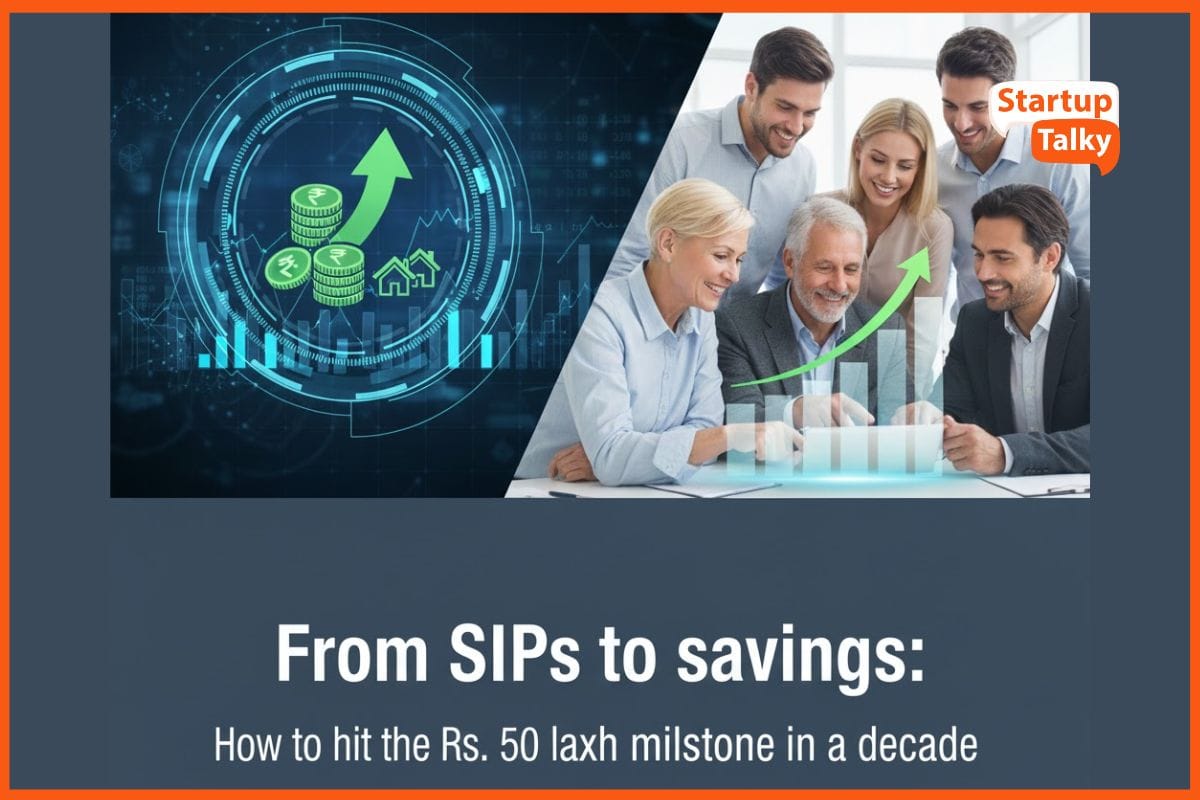The Future Of FMCG Sector Post Pandemic
🔍Insights
The world is suffering from a pandemic caused by an extremely contagious virus- COVID-19. Its been almost six months, and yet things do not look to go back to “normal”. But the lives keep moving. The fast-growing changes in lifestyles have brought a drastic change in the marketing scenario and the FMCG sector has been affected the most.
Fast moving consumer goods (FMCG), are basically packaged goods that we buy at retail shops at a very low cost. These are also called as consumer packaged goods. They get sold out easily and are not durable.

Categories of FMCG
- Processed food
- Beverage
- Dry foods like tea,sugar,coffee
- Prepared meals
- Cosmetics
- Toiletries
- Over the counter medicines
- Candy
- Fresh foods like veggies
- Frozen foods
- Baked foods
- Consumer electronics
- Office supplies like pen,papers
- Cleaning products
- Clothes like socks,under garments.
These are also called as consumer packaged goods. Some of the goods are highly perishable like processed meat, dairy products, etc. FMCG goods are the largest sector of consumer goods. Although half of the consumer’s spending accounts for these “fast-selling packaged goods, they tend to be low investment purchases.
Future of FMCG from a Global Point of View
E-commerce has come across a latest trend of piling of FMCGs. Following reasons can be attribute to the sudden change in the behavior of consumers all over the world.
- Lack of fresh products have compelled the users to depend on packaging items.
- More over package foods are easier to stock.
- Development of panic buying attitude as regards to essential commodities including common medicines.
- Avoiding/closer of restaurants have driven consumers to their own kitchens.
- Sanitary, hygienic and over the counter medicines have been added to the buying list.
Global projections that the share of online FMCG sales would comprise 10% of the total market by 2025. It is likely to be vastly understated given the pandemic’s role as a catalyst for e-commerce growth in the FMCG and grocery space. Most FMCG companies have fogged a tie-up with delivering companies such as Zomato, Swiggy, Dominos, Big Basket and Dunzo to ensure that their products reach their customer amidst this pandemic.
But companies are claiming that even after this pandemic, this could stay as the normal trend. As people are being acquainted to online ordering. Not to mention the convenience of home delivery. It is expected the sales through e-commerce to increase from 2-3% to 4-5% post pandemic.

Future of FMCG from a National Point of View
The FMCG sector is expected to grow since people have shifted to e-commerce post this virus outbreak. Due to WHO guidelines regarding social distancing, unnecessary bars, shopping malls, retail shops, and markets are closed. People maintaining distance socially in order to stay safe are choosing to buy their necessities online, instead of going to their near Kirana store.
People in India would normally do their grocery shopping from the retail shop near, where they would buy goods sold on loose, but now due to pandemic people are forced to shift to e-commerce. Now instead of buying wheat flour from the nearest cottage mill, one has to buy the packaged product.
In India, there has been seen a significant purchase of these packaged products in rural and semi-urban areas. Whereas the urban cities have shown a decline in the purchase of these goods. Because of severe lock-downs and restrictions on manufacturing and maintaining social distancing and store closures among others have had a severe impact on the FMCG industry.
India saw a heavy decline (about 6%) in the month of January 2020. Even with a steady increase in the consumption of dairy products and other essentials, this sector is still facing a crisis due to this pandemic.

The FMCG sector is the 4th largest sector in the Indian economy. It has basically 3 main segments under it with a consumption patter under:
- Food and beverages (19%)
- Healthcare (31%)
- Household and personal care (50%)

In India however, slashing the optimistic 5-6% FMCG growth estimate made around April of this year, it is now said to remain the same. In the worst-case scenario, to shrink 1 percent.
Of late, the FMCG sector in rural India has grown at a faster pace than its urban counterpart with FMCG products accounting for about half of total rural spending. Semi-urban and rural segments contribute over 40% of the overall revenues of the FMCG sector in India and with about 12% of the world’s population living in the villages of India, the Indian rural FMCG market is set to be a driving force for the industry at large.
The FMCG sector is trying to supply to introduce smaller packages of goods that will match the low incomes of rural areas, in order to increase in accessibility even more.
Some early shoots in the graph were seen in early June when the lock down was eased. 4.5% of the year on year value growth was seen in FMCG sales amidst this.
However a potential future is seen in the third quarter and significant growth is expected in light of the arrival of the festive season ahead.
But in long run, one can see FMCG has a potential future. This pandemic opened up the gates even to those who were skeptical before to use e-commerce before but now heavily dependent on them. This may be the next normal.
Must have tools for startups - Recommended by StartupTalky
- Convert Visitors into Leads- SeizeLead
- Website Builder SquareSpace
- Manage your business Smoothly Google Business Suite






